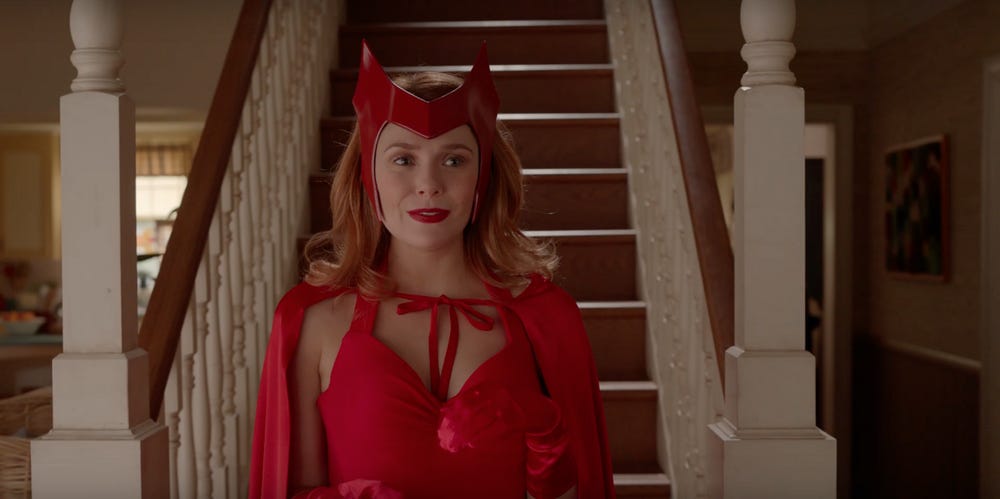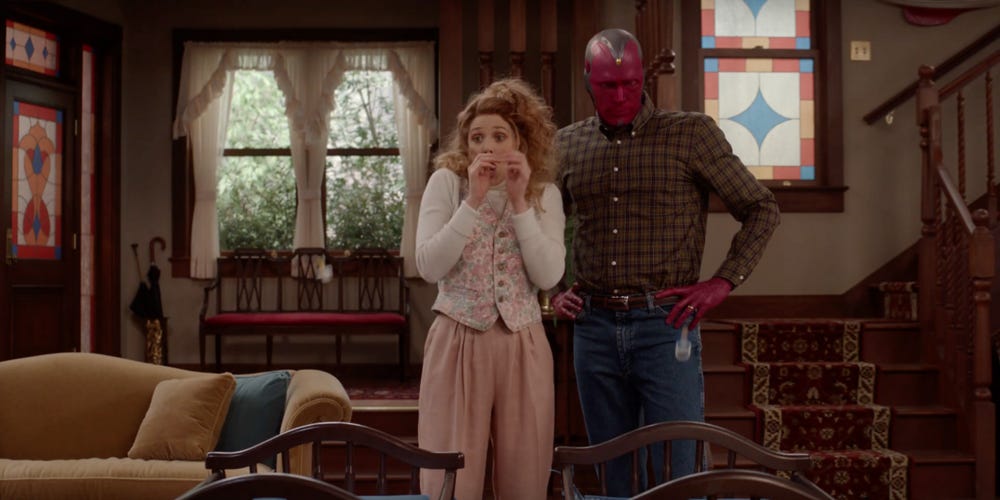The Second Coming of the Marvel Cinematic Universe
2020 was the first year since Iron Man’s debut that hasn’t seen a new entry in the hugely successful Marvel Cinematic Universe. That wasn’t by design, of course. The COVID-19 pandemic put a damper on a lot of things, and one of the hardest-hit industries has been the film industry, with productions and theaters shut down across the globe.
It’s hard to believe now, but Black Widow was supposed to release in theaters on May 1, 2020. Like many major motion pictures due to release in that cursed year, its release was pushed back more than once, and due to the nature of the MCU, every other film in the franchise had to be pushed back, as well.
Unlike numerous other major film releases, like Disney’s own Mulan and Soul and the entire 2021 Warner Bros. film slate, Disney isn’t willing to put Black Widow out on streaming/VOD quite yet. Disney likely believes it is risking too much money by forgoing a theatrical release for a Marvel entry, especially the long-awaited film for a well-established character.
As of right now Black Widow will be hitting theaters May 7, 2021. But this won’t be the MCU’s grand return. Rather, MCU fans will have to look to the Disney+ streaming service for the next major entries in this long-running franchise. In fact, one of them will be hitting this very week: WandaVision.
And if I’m being honest, I’ve never been more excited for the future of the Marvel Cinematic Universe.
I admit, I’ve never truly felt “superhero fatigue.” While I definitely favor some Marvel movies over the others, I never felt the ennui that so many others apparently have. However, I never truly realized how good a yearlong break like this could do for the superhero movie lover in me, and it couldn’t have come at a better time.
Avengers: Endgame was an exhausting movie, and I don’t think there’s a ton of hyperbole in saying that. Even as someone who genuinely still has love for this movie…watching the culmination of over ten years and 21 prior films was a lot. Sure, we got Spider-Man: Far from Home after it, but that was more of an epilogue to this phase of the MCU than anything. With a new era of the MCU approaching, perhaps it was the perfect time to hit pause. And what a way to usher in that new era.
WandaVision was never supposed to begin in Phase 4 of the MCU. In fact, it wasn’t even supposed to be the first Marvel show on Disney+. But like all things in the year 2020, things were unpredictable, and the first of Marvel’s newest slate of projects is perhaps its most ambitious yet.
Based off the WandaVision trailers, this truly seems to be unlike anything we’ve seen in the Marvel Cinematic Universe. Frankly, Loki seems to be just as off-the-wall as well, and that seems to be emblematic of Phase 4 as well: Marvel Studios finally embracing its comic book roots.
For a movie that was the culmination of a decade-long storytelling effort, Avengers: Endgame, with its time-travelling plot and multi-character final battle, was the most “comic book-y” Marvel film yet. And with Phase 4 seemingly focusing heavily on the multiverse, things look to become even more over-the-top. Heck, titles like Doctor Strange and the Multiverse of Maddness, Shang-Chi and the Legend of the Ten Rings, and Ant-Man and the Wasp: Quantumania would likely never fly in Phases 1-3. But while I’m excited to see just how crazy the films get, it really is the television shows that I’m more intrigued by.
Despite the fact that the Disney+ shows will tie directly into the films (with WandaVision apparently acting as a lead-in to Multiverse of Madness), they also seem like a chance for Marvel to break out of the formula that it’s been beholden to since the first Iron Man. Appropriately, Phase 4 is the first “phase” of the MCU to explicitly include television programs.
Again, I admit to not really feeling the sense of Marvel fatigue so many have felt. But even I can admit that oftentimes Marvel movies fall into a…formula, more or less. While I’d argue that many of Marvel films, especially post-Phase One, stand out from each other, they also have a striking share of similarities, likely owing to the fact that they all have to build to a greater whole. However, the inherent differences between film and television almost force the Disney+ shows to try something new.
Perhaps the benefit of having multiple episodes, as opposed to trying to tell a story in 2-3 hours (and no, I will not be calling any of these 6/7/8 hour movies), allows for experimentation. Or perhaps Marvel sees these television productions as having less stakes than the films, giving room for more creative freedom.
I think it’s a little of both, honestly. Obviously the medium of television allows for deeper storytelling than a film would offer. And as a television show on a streaming platform used by paying subscribers, all that’s needed is for people to watch the show. There’s definitely lower stakes for shows like WandaVision to succeed, though a show like this was always going to be a hit.
When the Disney+ programs were first announced, they were described as a way to give a spotlight to characters who were unlikely to star in their own movies. While that still is the case for many shows, Disney+ is also being used to introduce brand-new characters, some (if not all) of which will eventually make their way onto the big screen.
Mercifully, Phase 4 also looks like the most diverse era of Marvel yet. Finally free from the clutches of Ike Perlmutter (who infamously nixed potential Black Panther and Captain Marvel films early on), we have a Marvel unlike what we’ve seen before. Not only do we have more leads of color in films like in Shang-Chi and The Eternals, we also finally have women of color directing films for Marvel, with Chloé Zhao and Nia DaCosta.
And on the television side, not only is Ms. Marvel in production (which looks to bring a young adult flavor to the MCU, not unlike the Spider-Man films), Disney also confirmed that an Ironheart show is in development. Considering the fact that Riri Williams has already been cast, it looks like it won’t be too long before she makes her on-screen debut, as well. While Phase 3 began to take steps to increase Marvel’s on-screen diversity (and to a lesser extent, off-screen, as well), Phase 4 is thankfully taking it even further.
The Marvel Studios of Phase 4 is in an interesting position. It is coming off its biggest success ever, and put a cap on the story that started in Iron Man. No matter what, it was time for a fresh slate, so to speak, so why not get a little weird? At this point, Marvel knows it has its hooks in the audience, and frankly, it has the track record to try a little more experimentation.
For better or worse, much like Star Wars, we’re about to get more Marvel content than ever before. However, we’re also in an era where Marvel finally seems to be allowing its creators, at least on the television side, experiment more with new entries in this institution. And I, for one, and ready for this era.




